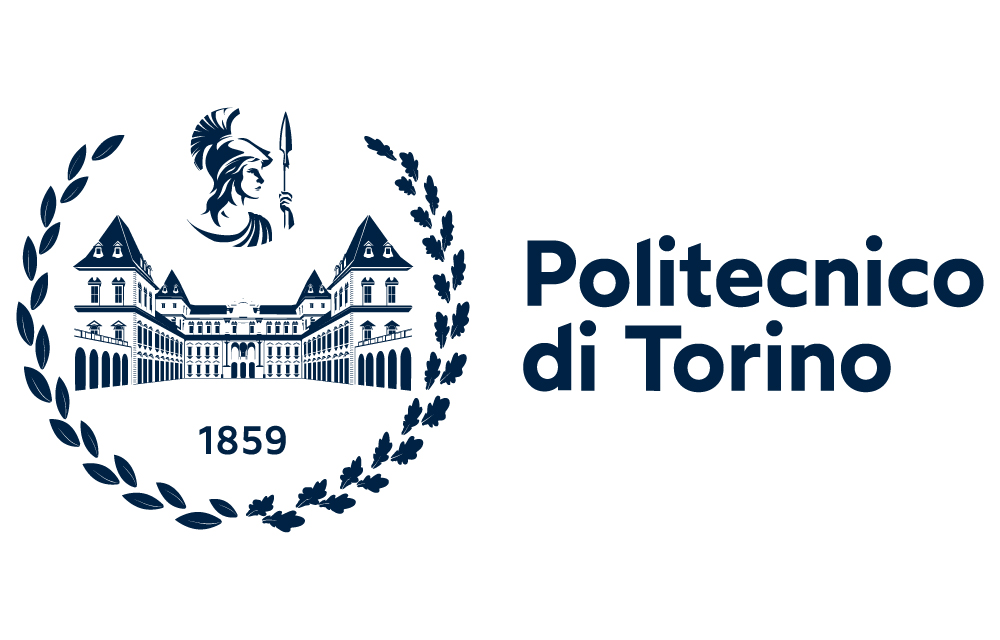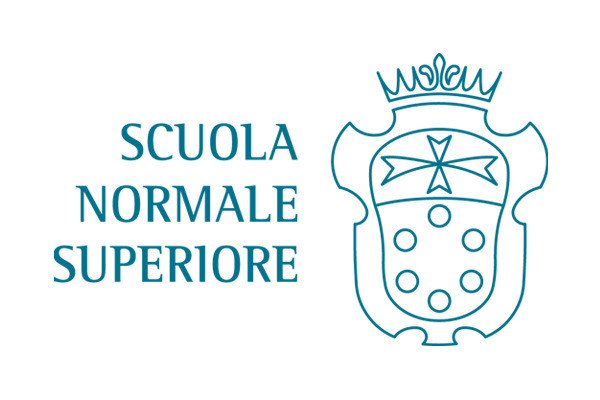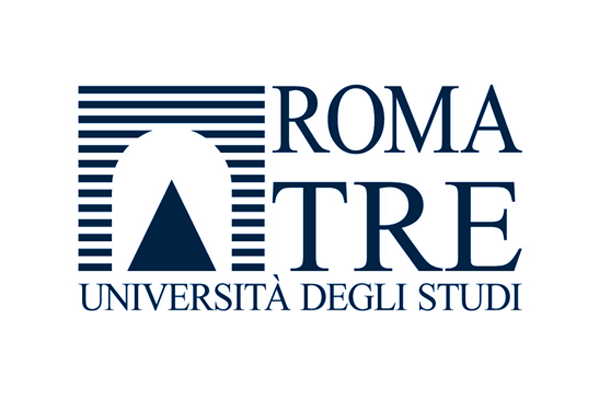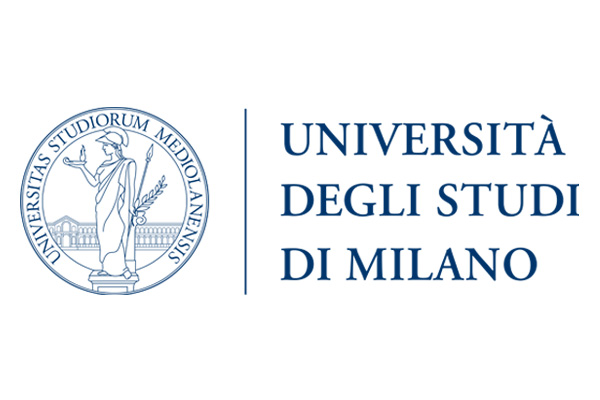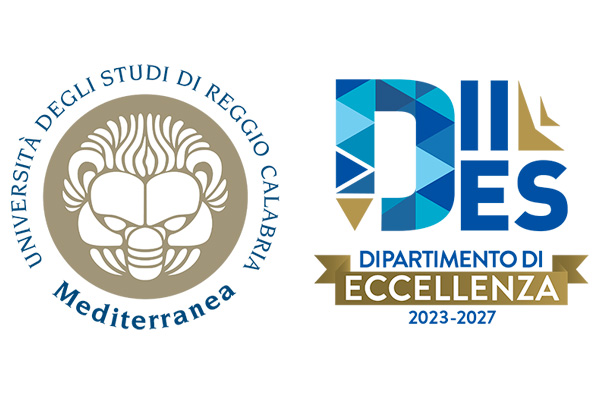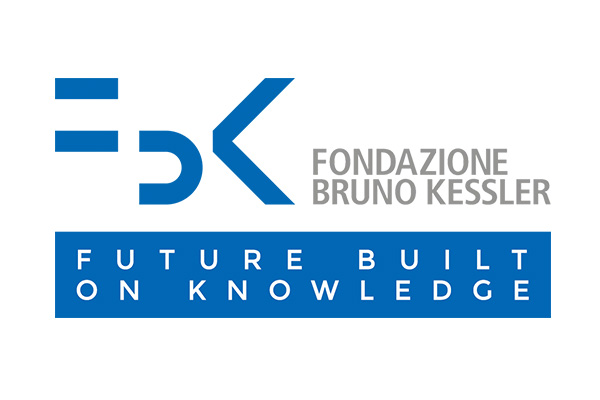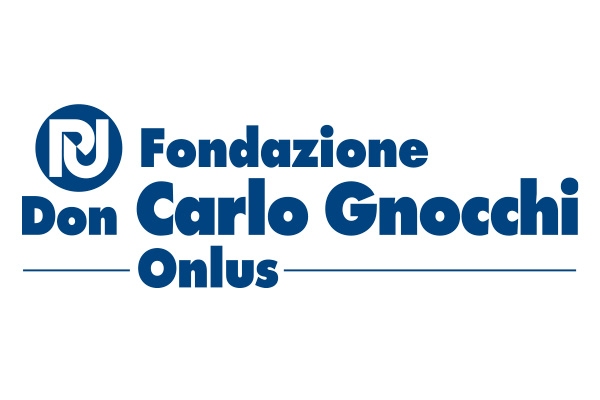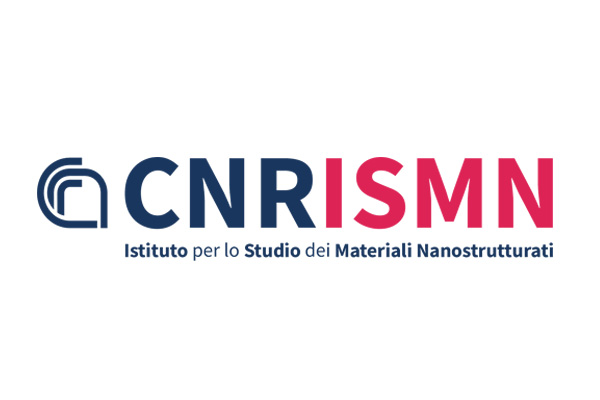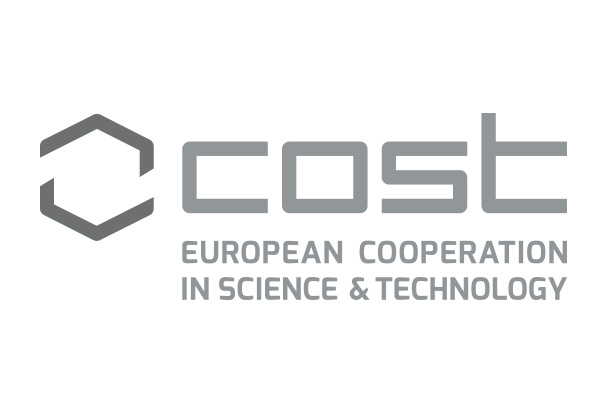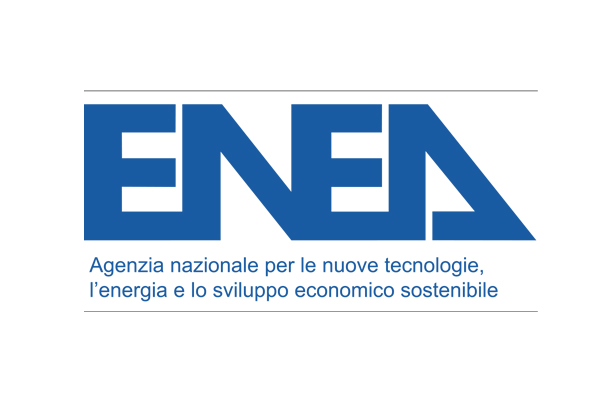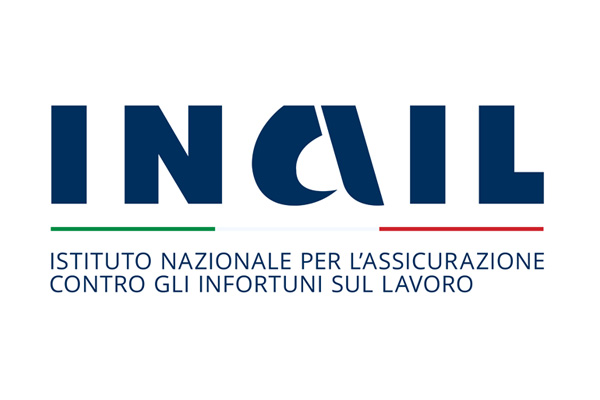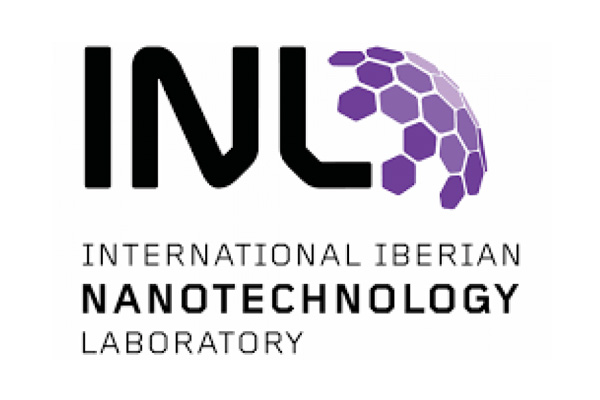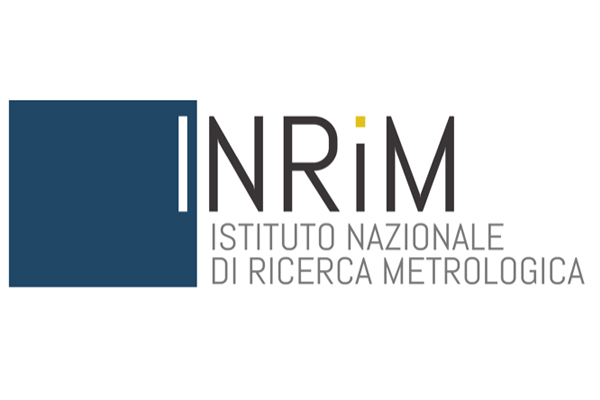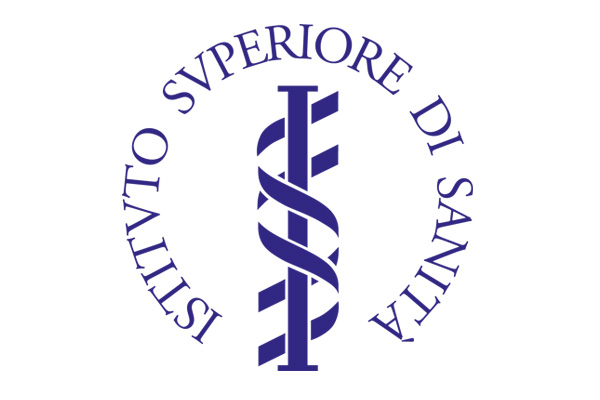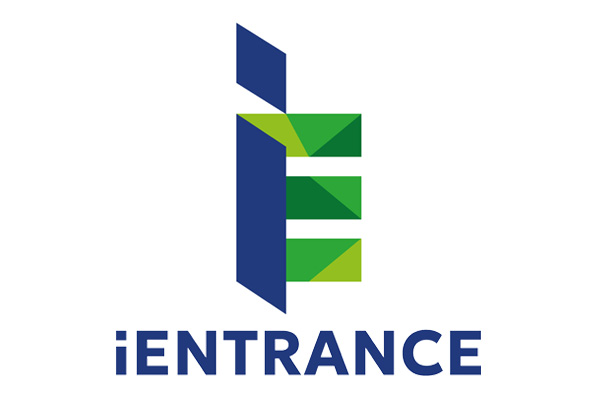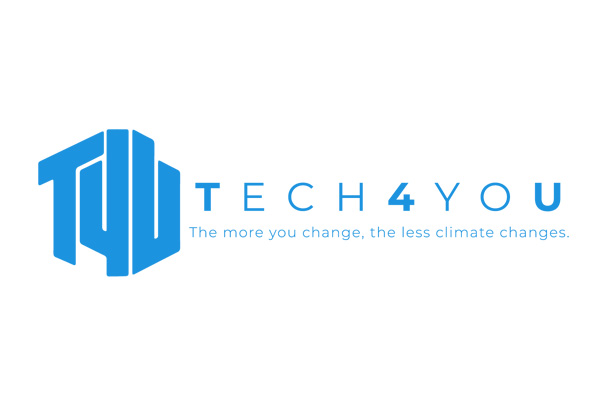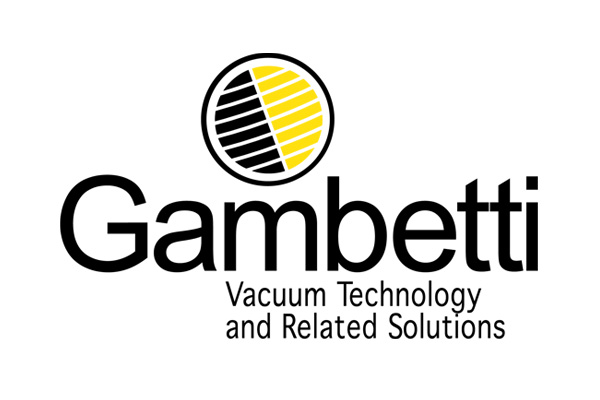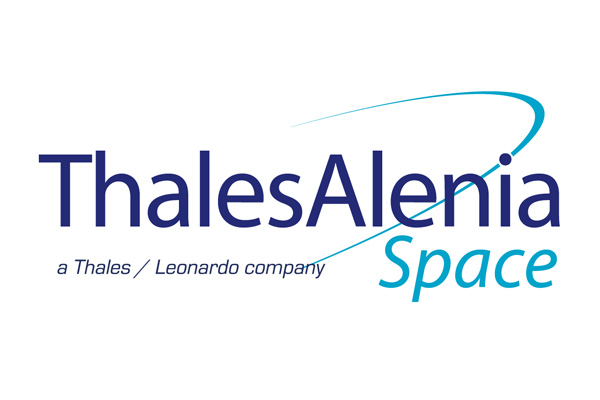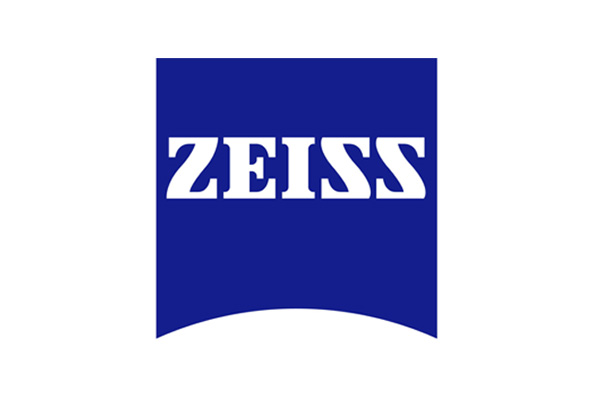|
WS.X NEXT-GENERATION BATTERIES: MATERIALS, INTERFACES, AND ADVANCED CHARACTERIZATION FOR SUSTAINABLE ENERGY 18 September |
|||||
| Co-organized with: | |||||
 |
 |
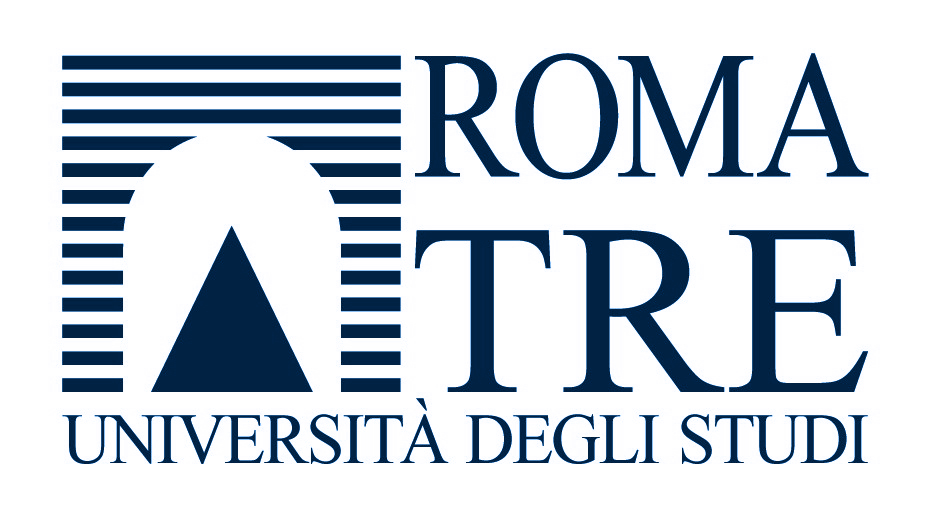 |
|||
|
WORKSHOP COMMITTEE |
|||||
|
Batteries stand at the heart of the global transition towards a low-carbon society. To meet the ambitious goals of sustainable energy, Europe must accelerate innovation in materials discovery, interface engineering, advanced diagnostics, and scalable manufacturing. This Workshop brings together leading experts, young scientists, and European initiatives to discuss the most promising research directions, highlight cutting-edge methodologies, and foster collaboration between academia, research institutions, and industry. The program will open with two dedicated sessions to young researchers, presenting the outcomes of the Battery 2030+ Young Scientist Event and its Manifesto for the Batteries of the Future. These sessions will provide fresh perspectives and research visions from emerging talents across Europe, reinforcing the importance of education, collaboration, and long-term strategies supported by the Italian Ministry of the Environment and Energy Security (MASE). A special insight lecture will then showcase the potential of operando synchrotron techniques, enabling unprecedented understanding of reaction mechanisms and structural dynamics in next-generation systems beyond lithium. The Workshop will continue with two highly focused sessions linked to two European projects: By merging perspectives from young talents, European projects, and industrial partners, this Workshop will provide an overview of the future of batteries—bridging fundamental science, advanced characterisation, and sustainable applications to support Europe’s leadership in energy storage technologies. |
|||||
| 18 September | ||||||||
| 09:00 - 10:30 Young Scientists for Electrochemical Storage 1/2 WS.X.1 - WS.VII.5 - TT.V.J |
||||||||
| Chair: Margherita MORENO, ENEA | ||||||||
|
Batteries play a crucial role in enabling a low-carbon future. Equally important is ensuring that young researchers—who embody that future—are empowered to help shape its direction. The key to progress lies in the exchange of ideas and the cultivation of synergy. At the European level, the Battery 2030+ initiative is leading this effort by organizing the Young Scientist Event (YSE) on June 3, 2025. This event brings together top European universities and research institutions, culminating in the creation of a “Manifesto for the Batteries of the Future.” This document captures the insights and challenges identified during the YSE and serves as a foundation for future collaboration. Across this and the following session, the outcomes of the YSE will be presented as a follow-up and a stepping stone for continued dialogue. The aim is to define the necessary initiatives and activities that will drive groundbreaking innovations and discoveries in battery technology. Young researchers from Italian and other European universities and research centers will showcase their work, offering forward-looking perspectives, proposing new research directions, and encouraging collaboration among European scientists and industrial partners. |
||||||||
| WS.X.1.1 WS.VII.5.1 TT.V.J.1 |
Margherita MORENO ENEA Introduction: current development on battery research, focus on triannual national programme (PTR 25-27) |
 |
||||||
| WS.X.1.2 WS.VII.5.2 TT.V.J.2 |
Silvia BODOARDO Polytechnic University of Turin Battery 2030+ vision for the future |
 |
||||||
| WS.X.1.3 WS.VII.5.3 TT.V.J.3 |
Daniele CALLEGARI University of Pavia Young Scientist Battery Manifesto Topic 1: New Technologies |
 |
||||||
| WS.X.1.4 WS.VII.5.4 TT.V.J.4 |
Erico CORDES Fraunhofer IGCV Young Scientist Battery Manifesto Topic 2 |
 |
||||||
| WS.X.1.5 WS.VII.5.5 TT.V.J.5 |
Utkarsh VIJAY University of Picardie Young Scientist Battery Manifesto Topic 3 |
 |
||||||
| WS.X.1.6 WS.VII.5.6 TT.V.J.6 |
in definition |  |
||||||
| 10:50 - 11:30 Insight Parallel Sessions (IS.II) |
||||||||
| Chair: In definition | ||||||||
| WS.X.2 IS.II.D |
Giorgia GRECO ENEA Operando Synchrotron Techniques for Next-Generation Batteries: Unlocking Mechanisms Beyond Lithium |
 |
||||||
| 11:30 - 13:00 Young Scientists for Electrochemical Storage 2/2 WS.X.3 - WS.VII.6 - TT.VI.J |
||||||||
| Chair: Margherita MORENO, ENEA | ||||||||
|
Batteries play a crucial role in enabling a low-carbon future. Equally important is ensuring that young researchers—who embody that future—are empowered to help shape its direction. The key to progress lies in the exchange of ideas and the cultivation of synergy. At the European level, the Battery 2030+ initiative is leading this effort by organizing the Young Scientist Event (YSE) on June 3, 2025. This event brings together top European universities and research institutions, culminating in the creation of a “Manifesto for the Batteries of the Future.” This document captures the insights and challenges identified during the YSE and serves as a foundation for future collaboration. |
||||||||
| WS.X.3.1 WS.VII.6.1 TT.VI.J.1 |
Rocco CANCELLIERE ENEA Expanding recycling strategies for greener battery technologies |
 |
||||||
| WS.X.3.2 WS.VII.6.2 TT.VI.J.2 |
Andrea GENTILE University of Montpellier Evaluating Multi-salt Electrolytes and Textured Supports for «Zero-Excess» Lithium Metal Batteries |
 |
||||||
| WS.X.3.3 WS.VII.6.3 TT.VI.J.3 |
Marco CATILLO ENEA Exploring cathode materials for batteries through machine learning |
 |
||||||
| WS.X.3.4 WS.VII.6.4 TT.VI.J.4 |
Marco AMBROSETTI RSE New self-supported anode materials for Sodium-ion batteries |
 |
||||||
| WS.X.3.5 WS.VII.6.5 TT.VI.J.5 |
Benedetta BRANCATO CNR-ITAE Sodium halide battery: an innovative system for stationary energy storage |
 |
||||||
| WS.X.3.6 WS.VII.6.6 TT.VI.J.6 |
Roberto NICOLETTI ENEA Tunable Carbon Dots for energy storage applications |
 |
||||||
| 14:00 - 15:30 Next-Generation Tools for Battery Cell Testing and In-Operando Diagnostics WS.X.4 - TT.VII.K |
||||||||
| Within the context of the European project DigiCell | ||||||||
| Chair: Marco SEBASTIANI, University of Roma Tre | ||||||||
| This session will focus on experimental methodologies and real-time testing protocols for assessing battery performance, degradation mechanisms, and safety under realistic operating conditions. These approaches are expected to be helpful in accelerating the transition towards more reliable, efficient, and sustainable battery technologies in Europe. The session is organized in the context of the European project DigiCell, based on the development of artificial intelligence (AI) and machine learning (ML) workflows, open-source software, international standards and FAIR data, and aiming to advance battery cell and pack production. |
||||||||
| WS.X.4.1 TT.VII.K.1 |
in definition |  |
||||||
| WS.X.4.2 TT.VII.K.2 |
in definition |  |
||||||
| WS.X.4.3 TT.VII.K.3 |
in definition |  |
||||||
| WS.X.4.4 TT.VII.K.4 |
in definition |  |
||||||
| 16:00 - 17:30 Multi-Scale Characterisation of Battery Materials and Electrochemical Interfaces WS.X.5 - TT.VII.E |
||||||||
| Within the context of the European project HyMetBat | ||||||||
| Chair: Sergio BRUTTI, Sapienza University of Rome | ||||||||
| This session will explore advanced multi-scale characterisation techniques applied to battery materials and electrochemical interfaces. Contributions will span from nanoscale imaging and advanced spectroscopy to in-situ and operando diagnostics, providing insights into structure, chemistry, transport phenomena, and degradation processes across different length scales. By integrating complementary experimental approaches, the session aims to demonstrate how multi-scale characterisation supports the development of next-generation energy storage technologies, bridging fundamental understanding and industrial applications. The session is organised in the context of the European project HyMetBat (Hybrid Metrology for Sustainable and Low-Carbon Footprint Battery Materials), aiming to develop a new hybrid metrology platform bringing together a combination of traceable analytical techniques for both ex situ and operando characterisation of battery materials, to enable innovation in next generation energy storage technologies. |
||||||||
| WS.X.5.1 TT.VIII.E.1 |
Aleksandar MATIC Chalmers University of Technology, Sweden Looking into next generation batteries with operando X-ray imaging |
 |
||||||
| WS.X.5.2 TT.VIII.E.2 |
Giovanna NICOL/Asya MAZZUCCO Centro Ricerche Fiat Case studies in european projects for next generation batteries (tentative) |
 |
 |
|||||
| WS.X.5.3 TT.VIII.E.3 |
Marco COLASANTI Università di Roma La Sapienza From Synthesis to Characterization: Investigating the Impact of Fluid Dynamic Conditions on Precursors for Li-ion Battery Cathodes |
 |
||||||
| WS.X.5.4 TT.VIII.E.4 |
Sergio BRUTTI/Others (in definition) Università di Roma La Sapienza Title in definition |
 |
 |
|||||
| WS.X.5.5 TT.VIII.E.5 |
Marco SOMMARIVA Malvern Panalytical, The Netherlands X-Ray Diffraction as a powerful tool to characterize batteries, from production to end of life |
 |
||||||
| Back to Overview | Go to Plan 18 September | ||


